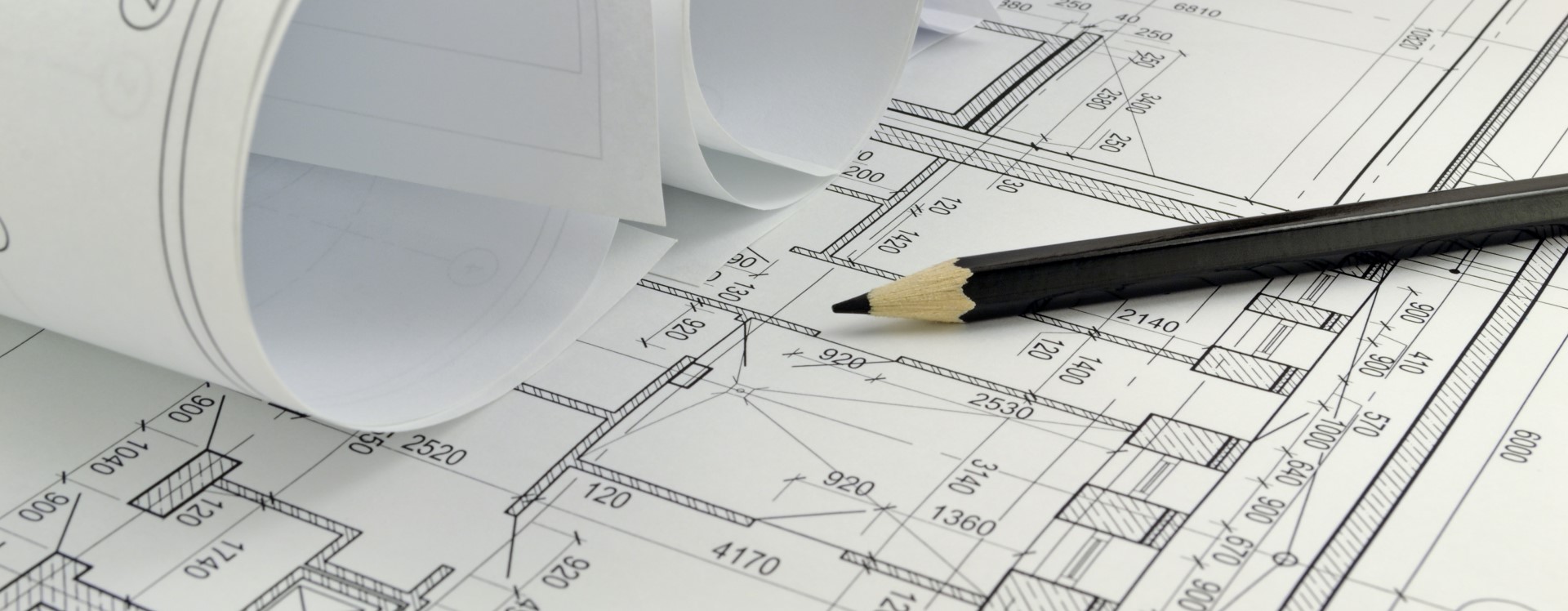
The Building Standards Act of Japan, which was enacted in 1950, is the main law that governs building regulations in the country. The act provides guidelines for the construction, alteration, and maintenance of buildings and ensures that they meet certain safety and structural standards.
One of the main requirements of building regulations in Japan is the seismic resistance of buildings. Japan is located on the Pacific Ring of Fire, an area with frequent seismic activity, and earthquakes are a constant threat. As a result, all buildings must be designed and constructed to withstand earthquakes of varying magnitudes. This includes using earthquake-resistant materials and structures, as well as implementing measures to prevent damage from shaking.
Another important aspect of building regulations in Japan is the prevention of fire. Building materials and designs must meet certain fire resistance standards, and buildings must have fire exits and fire suppression systems installed. These regulations are especially important in densely populated areas, such as Tokyo, where the risk of fire spreading quickly is high.
In addition to these requirements, building regulations in Japan also cover a wide range of other issues, including energy efficiency, accessibility, and environmental sustainability. For example, buildings must meet certain energy efficiency standards to reduce their impact on the environment and help lower energy costs.
Overall, building regulations in Japan are comprehensive and rigorous, with the aim of ensuring the safety and well-being of its citizens. While these regulations can add to the cost of construction, they are an essential part of building in a country prone to natural disasters, and they help ensure that buildings in Japan are among the safest in the world.